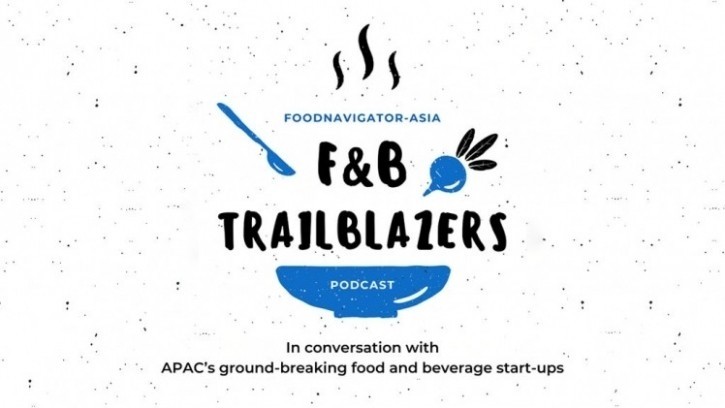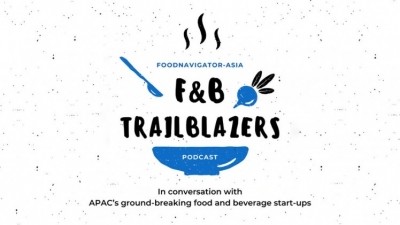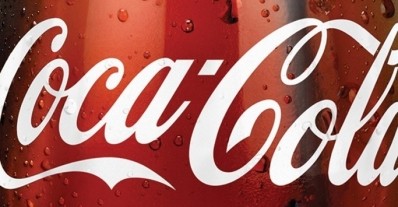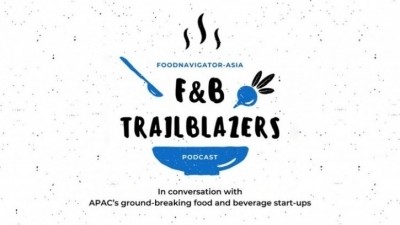FNA FOOD AND BEVERAGE TRAILBLAZERS PODCAST EP 42
Euphoric functionality: How better-for-you beverage trends are starting to converge across APAC and US markets

Both APAC and US markets have been seeing better-for-you products trending in the beverage market in recent years, spurred not only by consumer awareness but also regulatory pressures such as sugar taxes and mandatory colour-coding according to sugar content.
That said, it has been common to see different ingredients trending in each market – but according to yerba mate energy tea brand YATE, these trends are now starting to converge.
“The functionality of ingredients and localisation of taste has always been a big thing for Asia, and for that reason there are a lot of flavours and beverages that are popular in the US but not so in Asia and vice versa such as traditional Chinese medicine herbs,” YATE Co-Founder Eric Hoang told FoodNavigator-Asia in the latest episode of our Food and Beverage Trailblazers podcast.
“But as of late, we are starting to see that shift towards merging of the two – particularly in the US better-for-you beverage products containing TCM ingredients like ginseng or Ayurvedic ingredients like ashwaganda are increasing in popularity.
“These are ingredients that have been used in Asia for a very long time, but far less so in the US – yet this increase in popularity is demonstrating that there is this convergence with trends in both markets, and it is a very exciting evolution.”
Across the board though, the main driver of the overall better-for-you category still remains increased consumer awareness of health.
“Consumers are taking more into consideration what they are putting into their bodies now – historically carbonated soft drinks and many other such products entered the markets based on taste and sweetness, and we all know that conventional products such as Coca-Cola, Pepsi, Snapple and more are very, very high in sugar,” he added.
“With consumers now more educated on what sugar is and how it affects the body and why too much of it is a bad thing, this has really opened up the market for more healthier options – yerba mate for instance is considered to be a sort of super food with natural caffeine content as well as throbromine and throphylline, a trifecta that creates a sort of euphoric feeling, but without the crash that comes from caffeine itself.
“The other major driver is a demand from consumers for more choices in general – they are now more willing to pay up for better products, which comes with increased disposable income and the general rise in the middle class around the world.”
Coming from the nutraceutical supplements industry, Hoang also highlighted that the branding and marketing that needs to be done for better-for-you beverages is very different from that of the former, so it would be a stretch to categorise both of these segments together.
“For dietary supplements, so much of the product is built on function and efficacy, e.g. take this vitamin C for immune health and this vitamin D for bone health and so on – this means that much of the marketing and reason to buy is based on the product function.
“Whereas in beverages, the selling point is mostly based on taste, which is much more subjective in nature and this makes the importance of packaging design, marketing materials social media and so on that much more important.
“It is also important to consider that the shipping and logistics for any sort of beverage is much more difficult, which makes e-commerce that much more complicated – supplements are lightweight and easier to ship; whereas beverages are heavier and more prone to impulse buying which calls for sampling and tasting, making online sales much less conducive and calling for more labour-intensive work.”
Listen to the podcast above to find out more.















